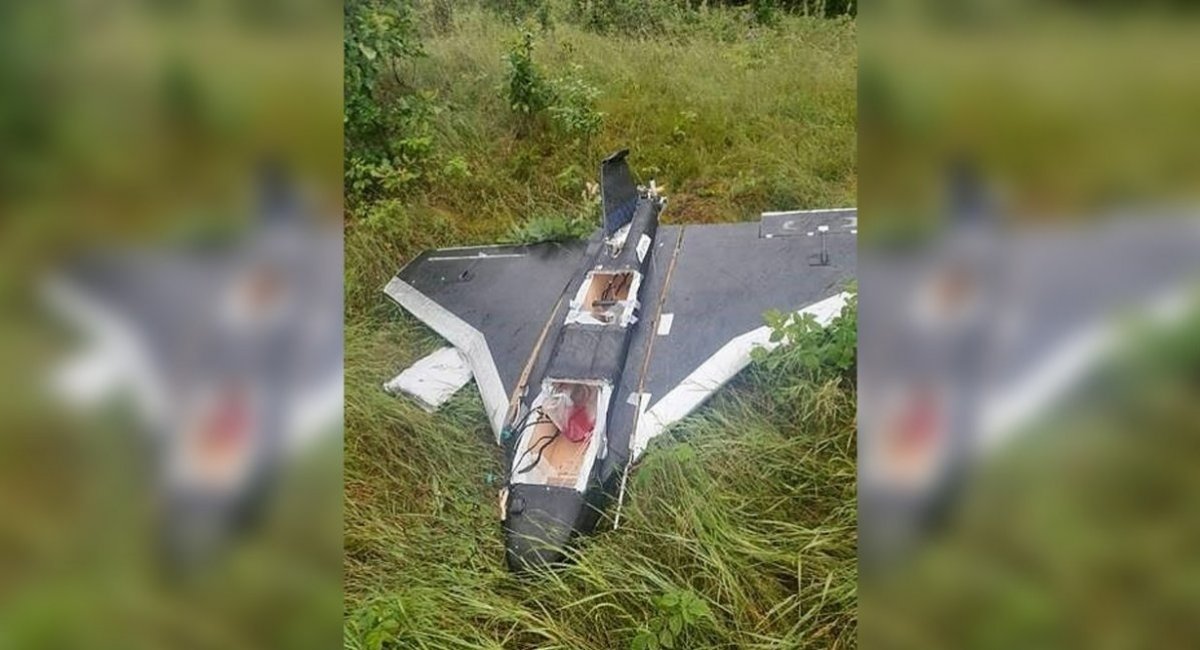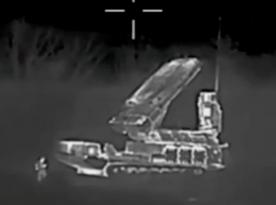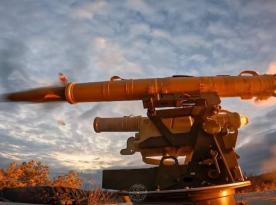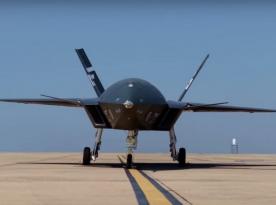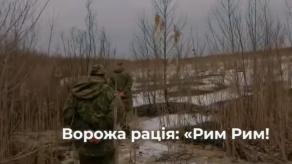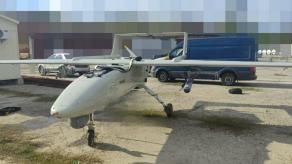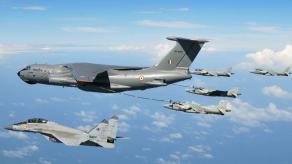Thursday morning on July 10, another russian unmanned aerial vehicle fell on Lithuania's territory, not because it was shot down but because it had exhausted its fuel or malfunctioned. According to the Lithuanian Ministry of National Defense, it was spotted at about 11:30 a.m. near the Kena border post on the border with Belarus, some 30 km from Vilnius.
Although NATO fighter jets were already in the air on a patrol mission and received command to switch from training mode to task mode, the object had already fallen before they could intercept it. As for the drone itself, it was officially described as an "object that resembles a homemade object and does not pose a danger."
Read more: Private Shahed Defense: Lithuanian Power Companies Take Up Anti-Drone Weapons to Protect Critical Infrastructure
To add some context, Defense Express notes that, based on the description and available photos, it's a Gerbera UAV which russian forces often use as a decoy against Ukrainian air defenses. It's that drone made of plywood and foam plastic that appeared in the summer of 2024, closely analyzed in our reports. Moreover, as later turned out, Gerbera has Chinese roots.
At this point, not intercepting drones coming from russia or its satellite state Belarus has become a common occurrence. But here, the main concern no longer lies within the fact the Lithuanian military did not immediately identify this drone as a threat — after all, the bureaucratic procedure requires an examination to be conducted first.
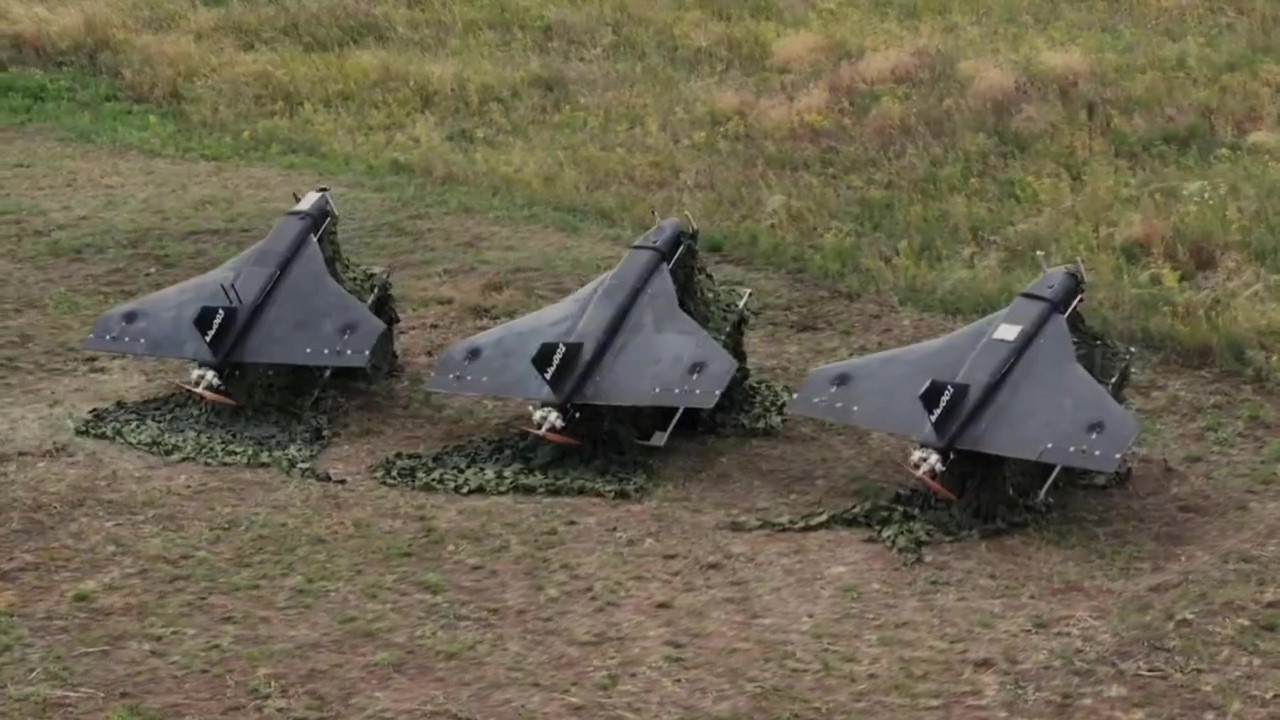
The problem hides within the words "homemade object" and "does not pose any danger." In February 2025, russia began installing warheads in Gerbera drones, expanding their functionality beyond simple harmless decoys. That was five months ago.
For that reason, all Ukrainian security services and military officials constantly emphasize that even russian decoy drones can carry explosive charges weighing 3 to 5 kilograms, and therefore, one ought notify the emergency service if they have found any type of drone or its fragments. There are even special ads for children to share the knowledge about this threat in Ukraine.
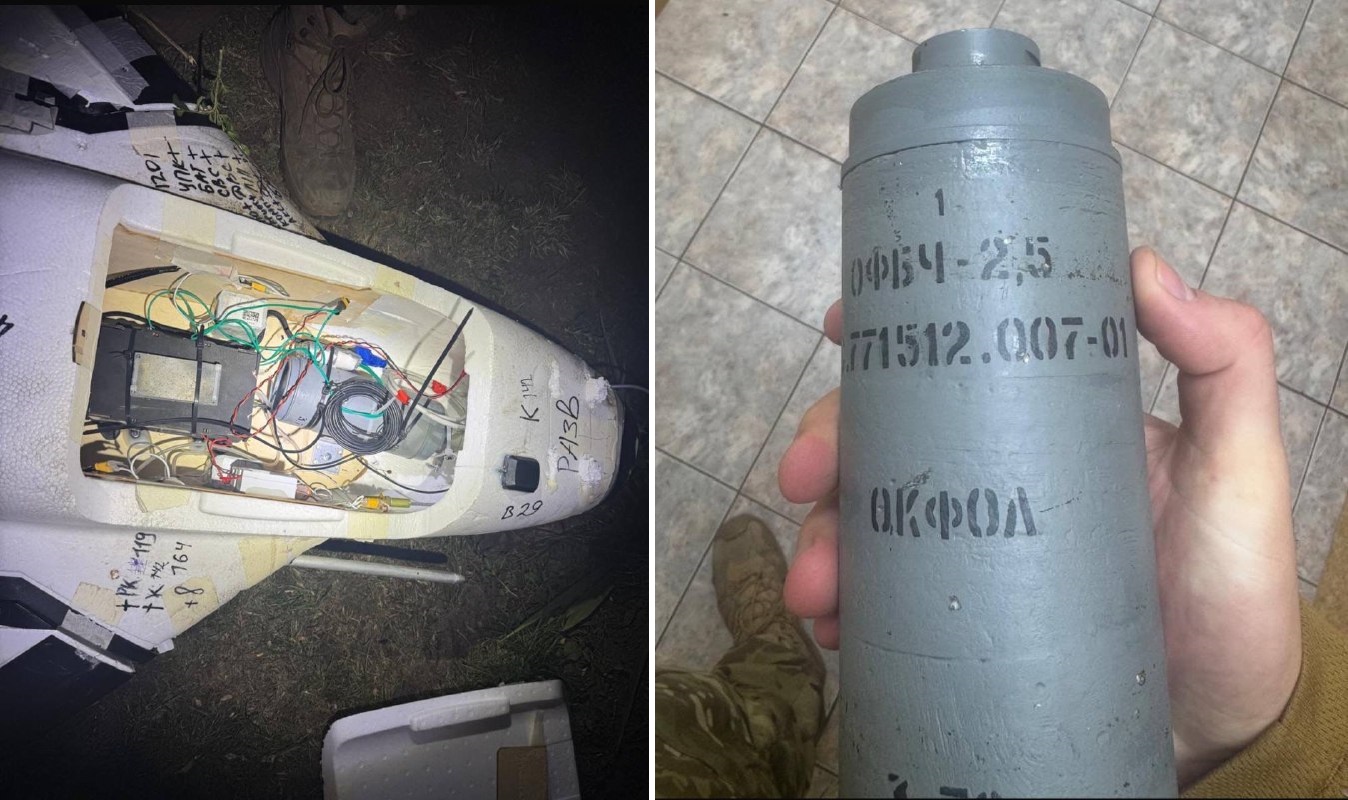
However, the Lithuanian authorities either don't realise or downplay the danger, which is especially alarming in light of the production scale of Gerbera and other potentially dangerous UAVs in russia. Otherwise, completely different security procedures would be applied by the Lithuanian security services, even by peacetime standards, that account for the possibility of explosives implanted in the unknown object and the conclusion about its safety in a less casual manner.
To specify, instead of detailed close-up photos shared on the web, most likely, images from the site would capture a detailed examination and ordnance disposal specialists, in accordance with peacetime security protocols. Although it's still possible they did arrive on the site, the absence of visual evidence showing sappers work on the site is concerning.
As for why a russian Gerbera even flew all the way to Lithuania, it's worth noting that the incident follows another wave of russia's midnight drone and missile attack on Ukraine. It started with a barrage of loitering munitions, first noticed in the Ukrainian airspace at approximately 10 a.m., an hour and a half before the unknown flying object was detected in Lithuania.
Another nuance to note is that situations where russian UAVs under the influence of Ukrainian electronic warfare stray north, that is, either return to russia or fly into Belarus, were quite regular back in 2024. Moreover, in September 2025, one of the armed Shahed drones flew into another Baltic country, Latvia, where it crashed without consequences. Back then, Riga stated that it could not be considered an escalation because the intended target was not Latvia.
Read more: russian Gerbera Drone Shot Down Over Kyiv Ends Up Floating in the Dnipro River




